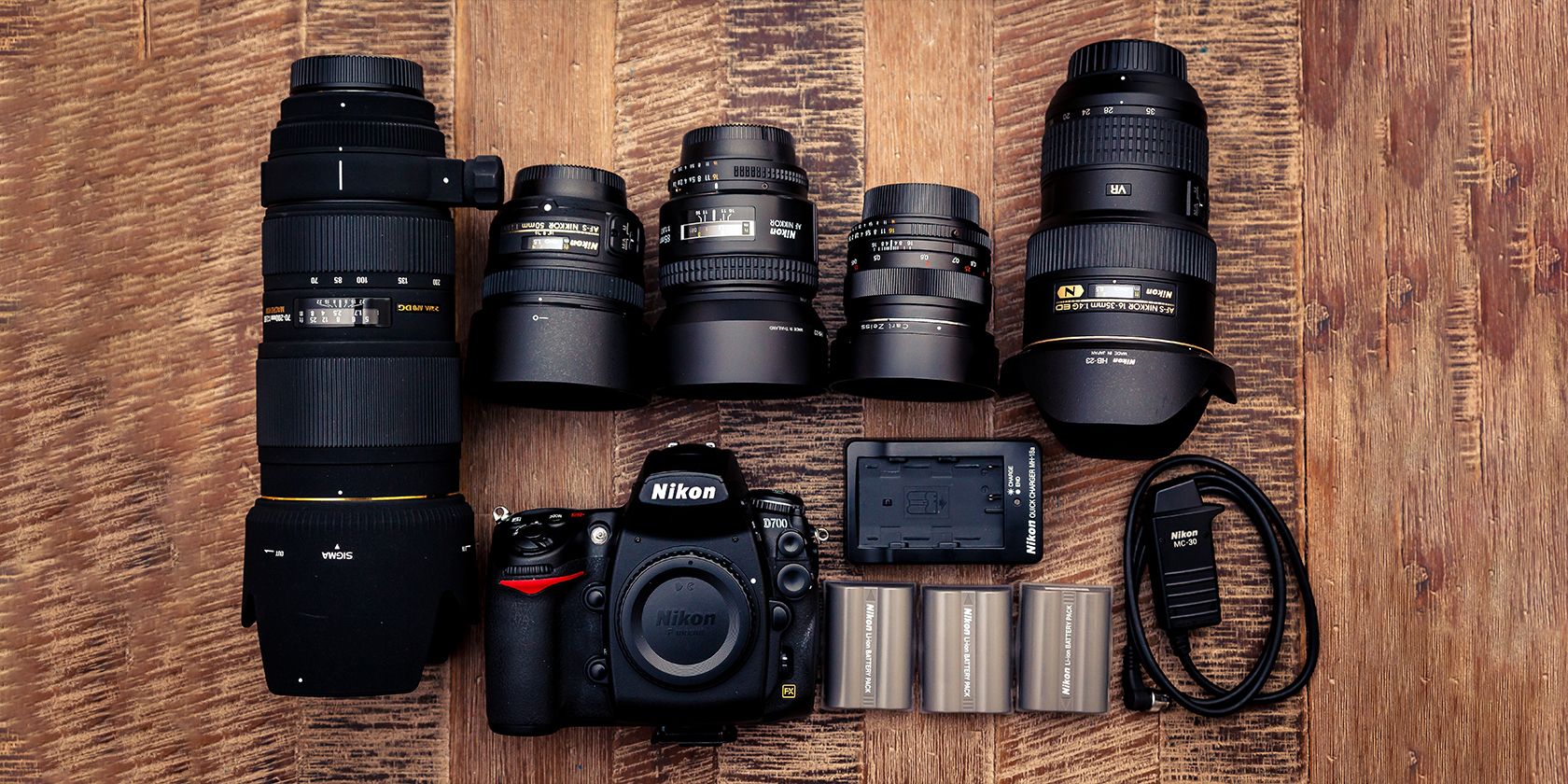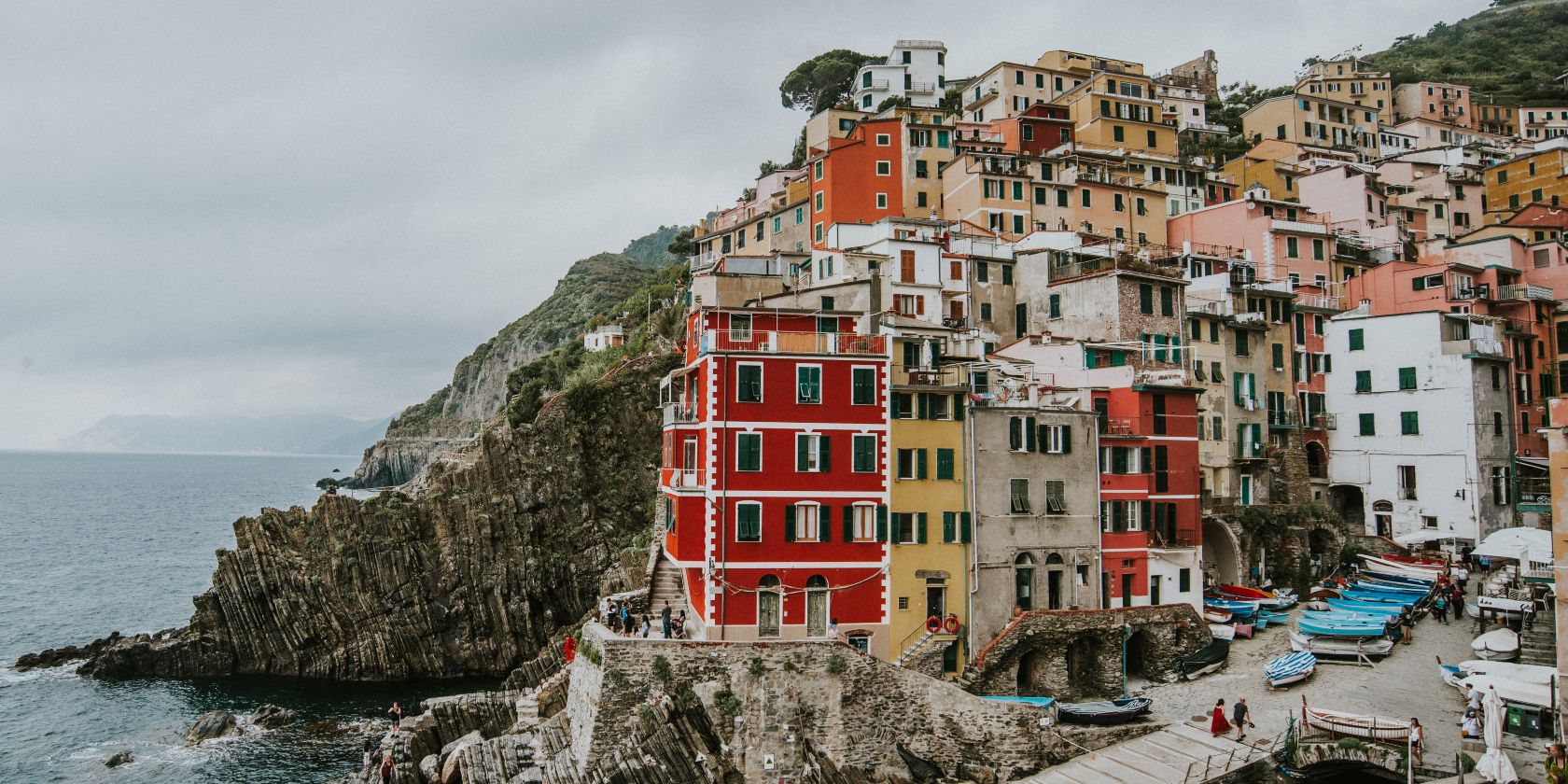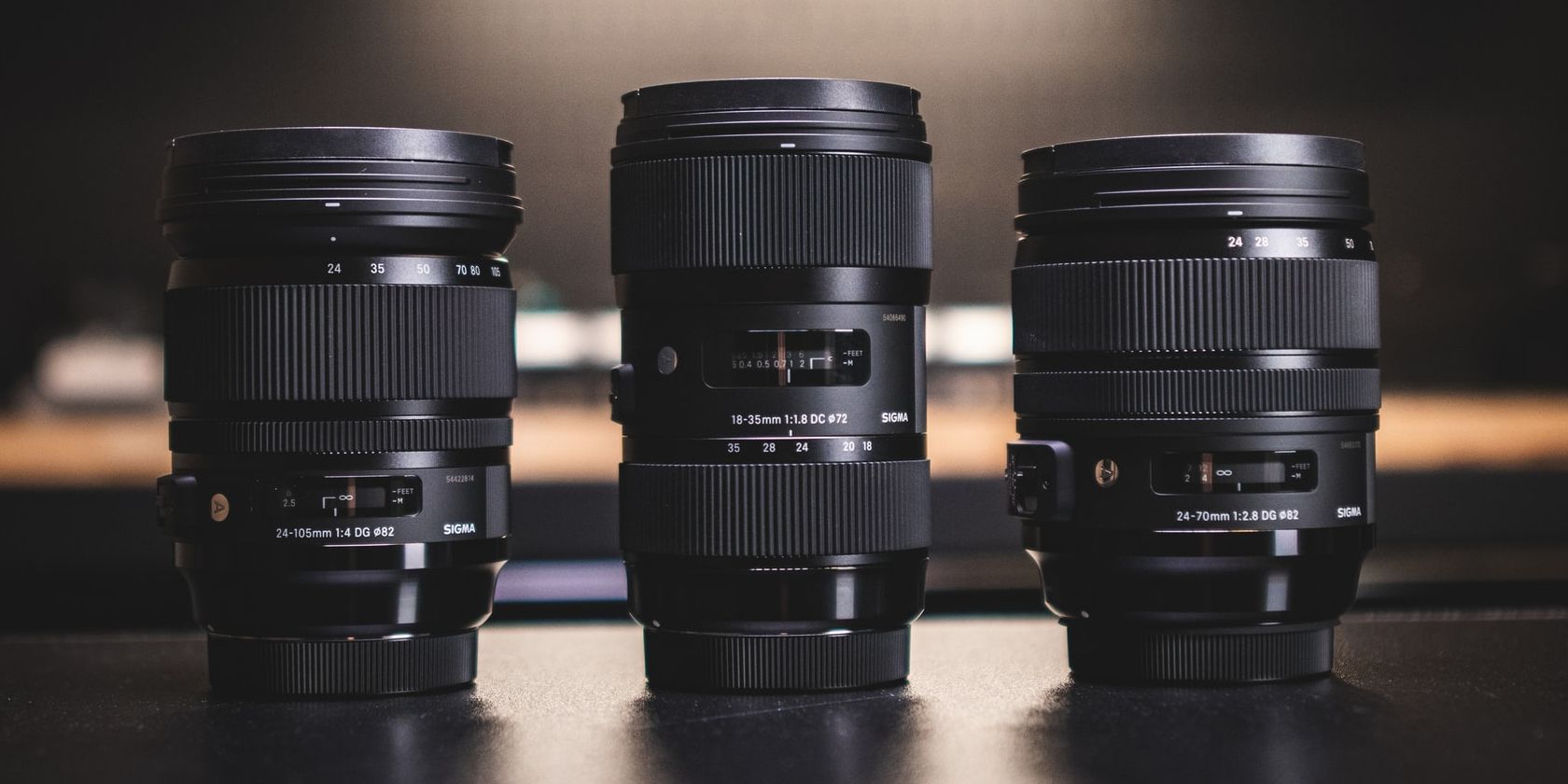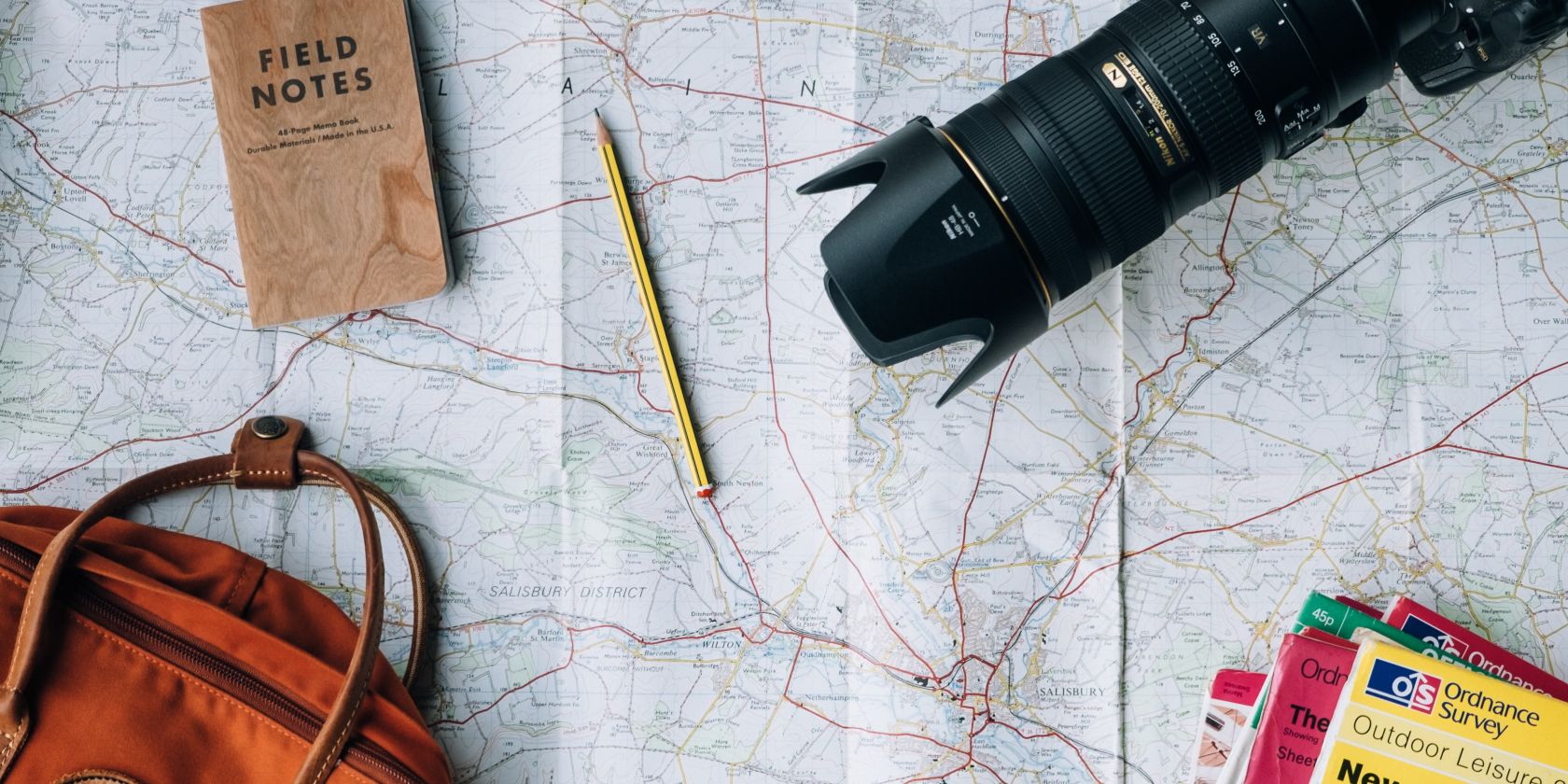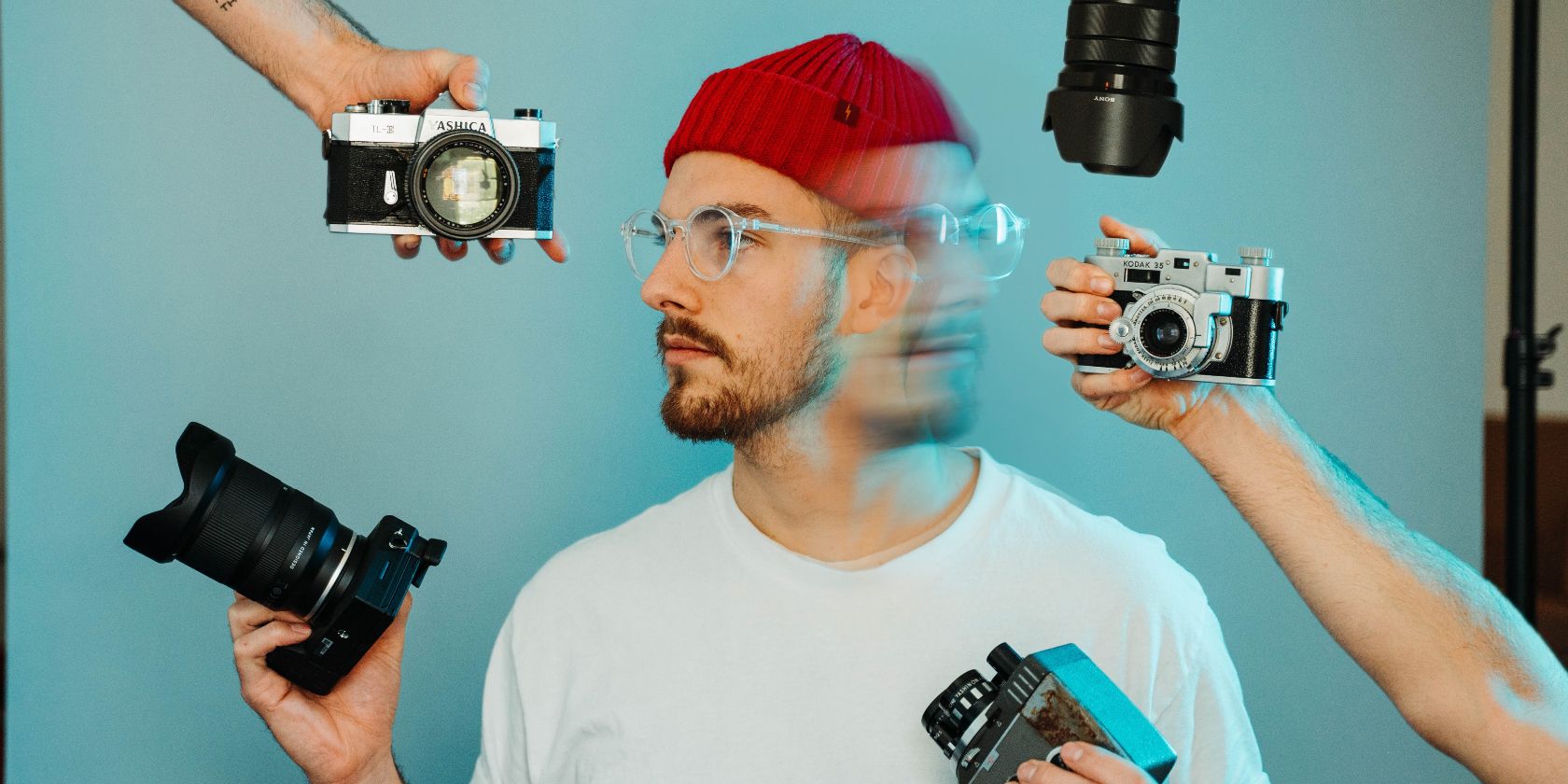Many photographers look at prime lenses when upgrading their kit, but discounting zoom lenses completely isn’t always the best idea. While you might miss out on features like a wider aperture, you’ll get more versatility and will also need to worry about less equipment.
Are you currently looking at new camera lenses to purchase, but you aren’t sure whether getting a zoom lens is the right idea? We’ll help you make the right decision today. Below, you’ll find a list of reasons why you should consider purchasing a zoom lens instead of a prime.
1. Shoot More Genres
While many professional photographers specialize in a particular niche, that isn’t always the case. Some fields might require you to have a broader suite of skills; one example is travel photography. If we look at this niche, you must understand how to take good photos in each of the following and more:
- Photographing cityscapes
- Capturing portraits
- Landscape photography
- Food photography
- Product photography, especially when working with brands
Similarly, you’ll also need the equipment for several photography types if you take pictures for your blog. A zoom lens offers you the option to shoot a wider range of genres, and you’ll still get pretty sharp results—even if some prime lenses are better in this respect.
If you still decide to purchase a prime lens but need something that offers flexibility, here's why you should add the 50mm lens to your toolbox.
2. More Composition Options
Besides being able to shoot a broader range of genres, zoom lenses are also excellent if you’re looking for more flexibility with your composition. You might need more options with composition when looking to improve your portrait photography, for example.
Having more choice with your composition is also a good idea if you’re on holiday and want to take more memorable photos of your trip. And if you work as a sports photographer or in the lifestyle space, you’ll also want flexibility in this respect.
When you purchase a zoom lens, you can try both wide-angle and more telescopic shots. For example, if you decide to buy a Fujifilm camera, you can add the 18-135mm, 16-80mm, or 18-120mm to your kit. You can also do many of the other things that are possible with prime lenses, such as crouching down and getting closer to your subject if needed.
3. Get Your Shot Quickly
Many photography situations require fast thinking and versatility. Street photography is one of the best-known examples, and you’ll also need to be on the ball when it comes to capturing amazing pictures in client photoshoots.
If you need to photograph at different focal lengths, and you have prime lenses, you might spend too much time changing what’s on your camera body. As a result, you run a serious risk of missing what could potentially have been some of your best shots.
Having a zoom lens allows you to quickly capture the pictures you want. You can achieve a portfolio you’re happier with if you’re a hobbyist, and you may also improve your client’s satisfaction if you take photos professionally.
4. Less Equipment to Worry About
Those who stick with photography for the long run often, by nature, purchase more equipment to help them take the types of pictures they want to. And while there isn’t necessarily anything wrong with this, you should consider that you’ll need extra space for your new gear.
You must also think about how to carry your equipment around when you go on photoshoots, along with considering what you should take with you in the first place. More gear also means more things that you need to regularly clean and maintain.
Zoom lenses aren’t a magical solution for every photographer, but they’ll certainly help if you want more of a minimalist approach to what you own. You only need to worry about taking one lens and one camera body with you, which will also reduce the friction between you and going outside to take the types of pictures you want.
5. Pricing
One quick look on a photography website will tell you how expensive lenses are. Many cost more than the camera body itself, and you’ll likely spend thousands of dollars upgrading your kit over time. If you’re not a professional photographer, opting for a more cost-effective approach is ideal.
Zoom lenses are still expensive, but you’re also getting lots of focal lengths in one. So, if being able to take both telescopic and wide-angle pictures is your main concern, you might find that getting one zoom is better than multiple primes.
If you want to save more money on your equipment, you can check out a whole host of second-hand photography websites.
6. Experiment With What You Do and Don’t Like
Finding a photography style that speaks to you requires a lot of experimentation. You can certainly use prime lenses to determine what you do and don’t like, but you may find that you’re somewhat restricted when you can’t change the focal length. As a result, you might stop taking as many photos as would otherwise be the case.
Having a zoom lens gives you more flexibility when deciding what does and doesn’t interest you as a photographer. You don’t even have to buy a lens separately in some cases for this; many modern kit lenses are excellent options.
Over the years, you might also find that your photography interests have changed. Instead of needing to purchase a new lens altogether, you might be able to accommodate your needs with the same zoom that you previously used.
Consider Purchasing a Zoom Lens Instead of a Prime
Owning a prime lens has several advantages, such as wider apertures and sharp image quality. However, not every photographer needs one—and some would be better off either buying a zoom version or sticking with their kit lens.
Zoom lenses offer more versatility, and you also won’t need to stress over having lots of equipment. On top of that, you’ll often spend less money in the long run if you only purchase one zoom lens—compared to two or three primes.
Regardless of whether you buy a prime or zoom lens, we strongly recommend thinking about your photography goals before making a purchase.

